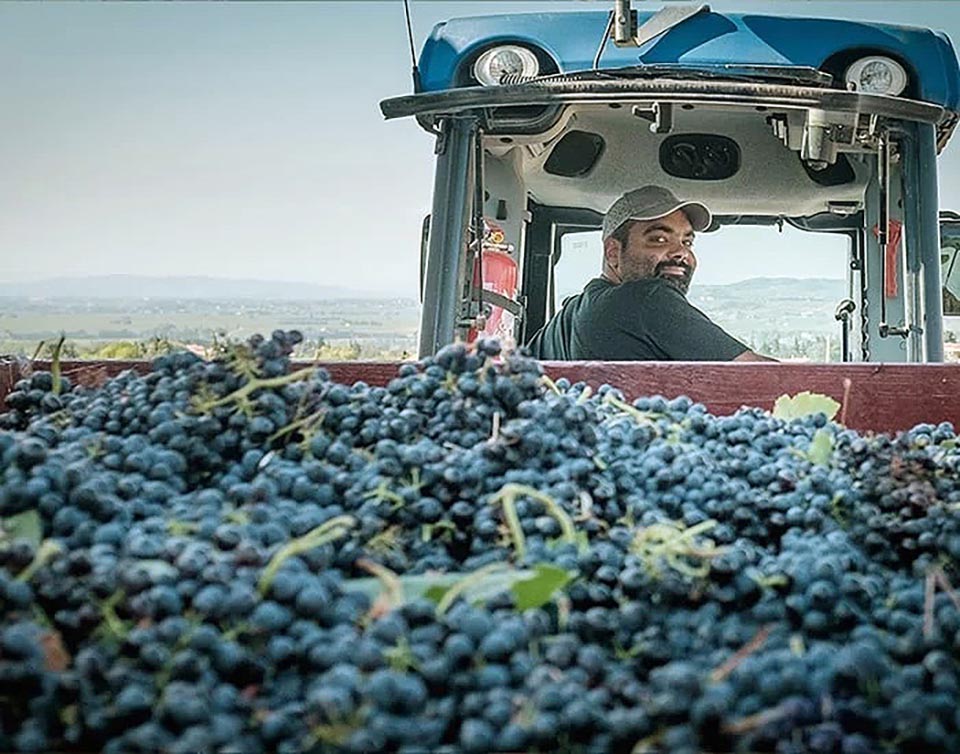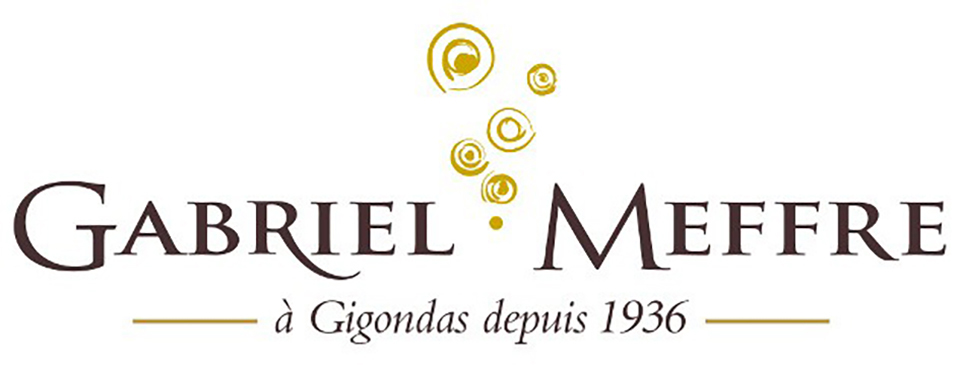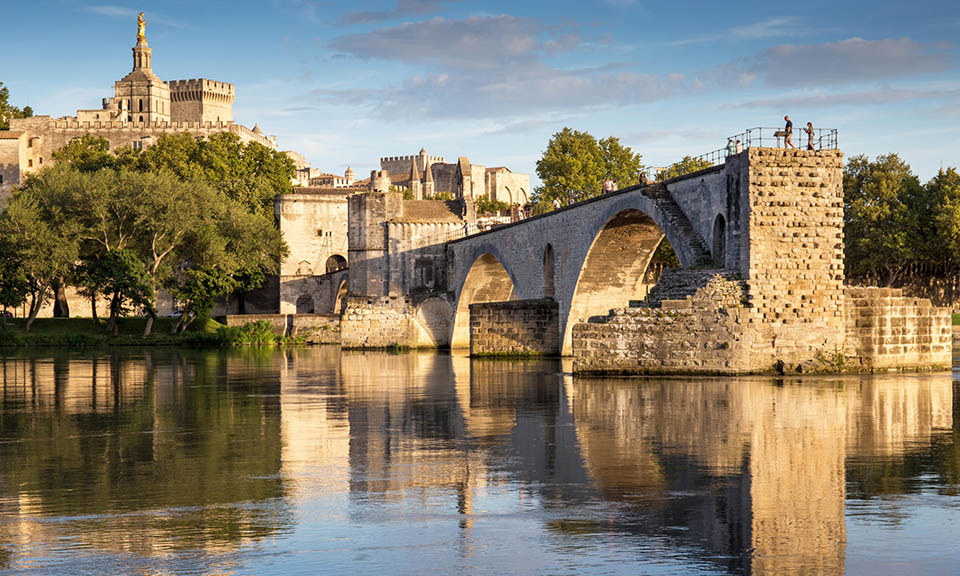
It is said that if you are ever confronted with an extensive and slightly daunting wine list at a restaurant and you haven’t a clue what to order, simply ask for a Côtes du Rhône (coat-duh-roan). The region produces red, white and rosé wines at different price levels and they are all food-friendly. They tend to be considerably cheaper than their distant cousins from Bordeaux and Burgundy. Wine expert Stephanie Cain writes, “Tucked into the hillsides of southern France, the Rhône Valley winemaking region features a warm Mediterranean climate with cascading south-facing slopes into the Rhône River. There, Mistral winds blow toward the Mediterranean and help to ripen grapes like Grenache, Syrah and Viognier to their classic expressions. It’s the sort of place where you want to sit outside with a glass of wine in the sun.”
On car journeys to Northern Spain during the 1900s, we’d invariably do a relaxing overnight stop at a small town in the Southern Rhône. It was partly to escape the relentless traffic thundering along the A7 autoroute but also to enjoy the local Côtes du Rhône wines at a small friendly bistro. Over the years, many a night was been spent relaxing in a southern French bistro with a cheering bottle of red Côtes du Rhône.
In case you’d forgotten, the extensive Rhône wine region lies in the south-east of France. On the map, you’ll find it near the bottom right-hand corner. Named after the river Rhône, the wine region stretches about 125 miles from the city of Avignon in the south to Vienne in the north (not to be confused with Vienna which is somewhere else entirely).
The river Rhône rises high in the Swiss Alps and travels over five hundred miles to the Mediterranean Sea. It’s one of Europe’s longest rivers and has been a lifeline since Greek and Roman times. It was the main trade route from the Mediterranean to the heart of ancient Gaul. The first cultivated vines were planted around 600 BC and centuries later, Rhône wines became immensely popular with the papal community in Avignon. As the reputation of Rhône wine grew, forgeries became common and a royal edict of 1737 required each cask of genuine Rhône to be branded with the letters CDR (Côtes du Rhône) to guard against the unwanted fakes. This was the origin of the nationwide Appellation system that exists throughout France today.
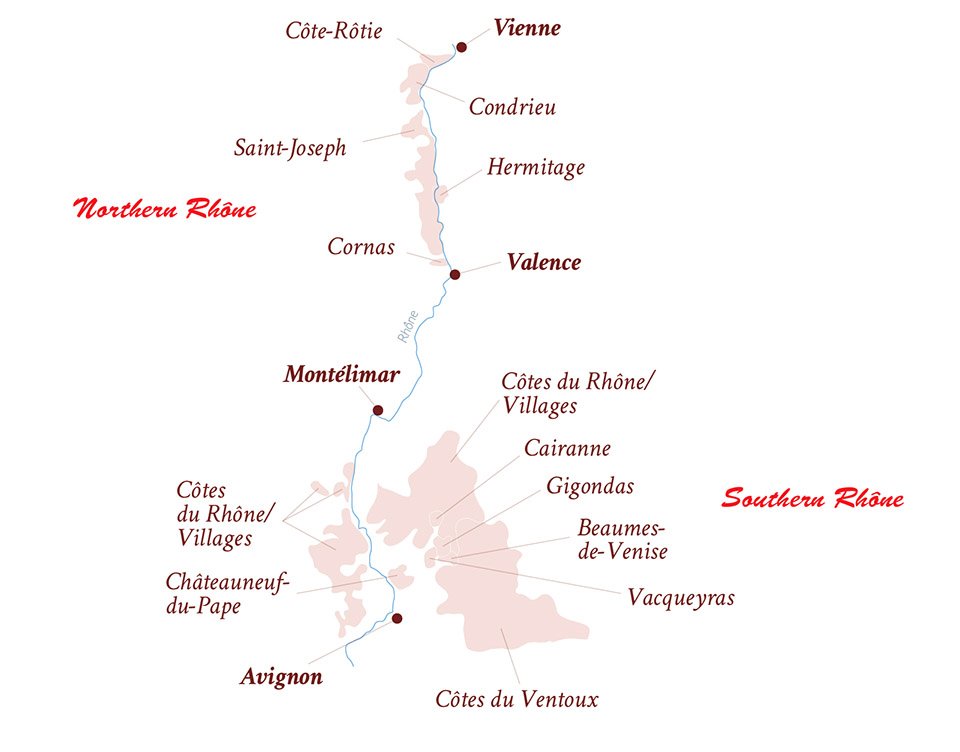
Wines labeled Côtes du Rhône are basic red, rosé or white wines though most of them are red. Most Rhône wines come under this appellation and some of them are excellent value. The appellation has become synonymous with good everyday wines at affordable prices. Wines deemed to be step up are labelled Côtes du Rhône Villages and they are more complex wines with a higher alcohol content. The next level up also show the actual name of the village, but there only eighteen of them. The top quality and most distinctive wines of the region (just seventeen of them) are labeled Côtes du Rhône Cru and the name of the vineyard is also shown on the label. Côtes du Rhône wines are nearly always bottled in Burgundy-style bottle, with a long neck and gently sloping shoulders.
The Rhône region is divided into North and South; quite separate geographical regions about an hour’s drive apart. The style of the wines is different too. In the Northern Rhône, Syrah (SEE-rah), known as Shiraz in some other parts of the world, is the only red grape variety permitted. In the Southern Rhône, Syrah plays an important role but so do several other varietals, especially Grenache (gre-NASH). It’s the leading red grape of the Southern Rhône and is used in almost all local wine blends. Grenache is also one of the most widely planted red wine grape varieties in the world. This grape variety is well-suited to the warm Mediterranean climate and gives the wine rich, fruit flavours with subtle notes of spicy white pepper. Over the last twenty years or so, the Southern Rhône has seen a greater focus on high-quality grapes and sustainable agriculture. Gabriel Meffre, founded in 1936 and based in Gigondas, is one of the largest Rhône wine producers.
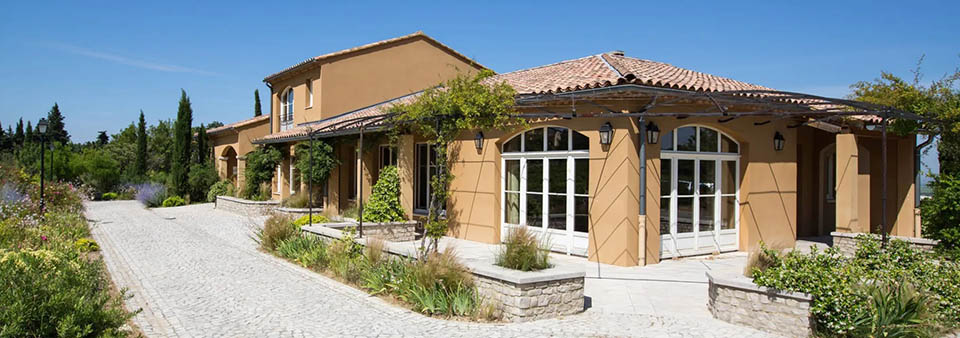
Gabriel Meffre Côtes du Rhône St Vincent 2020 (red) ฿780 @ Wine Connection
It’s often fascinating to revisit wines. A couple of years ago, I tasted the 2019 vintage of this wine and was impressed by the quality. Comparing my tasting notes for that vintage, the 2020 vintage is similar in style but seems richer and slightly more opulent. Of course, it’s a little bit older, which makes a difference. In the Southern Rhône during 2020, there were evidently no frost or winter rains, but generous summer sunshine without excessive heat. These ideal climatic conditions resulted in very healthy grapes or high potential.
Some of the Gabriel Meffre wines are named after historical figures. Saint Vincent was a deacon and a martyr of the Church of Saragossa in Spain and lived during the fourth century. He’s now regarded as the patron saint of winemakers, partly because of the French word vin in his name. This vegan-friendly wine is the usual Southern blend of Syrah and Grenache, vinified separately in stainless steel tanks to preserve their individual characteristics. The blended wine was then aged for six months before bottling.
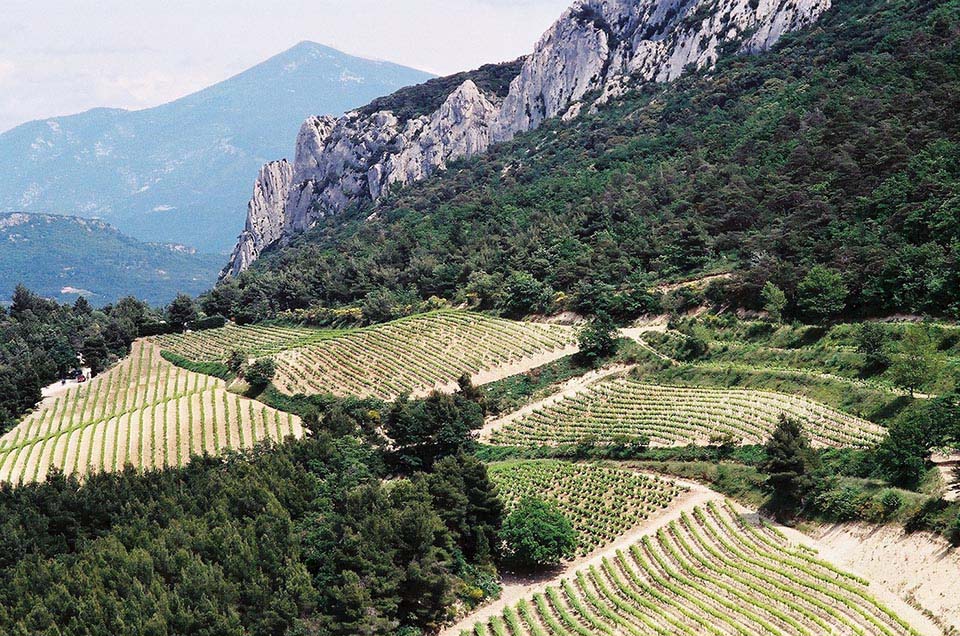
It’s a rich ruby-crimson and those characteristic “legs” appear when you swirl the wine around in the glass. There’s a rich aroma of sweet black fruit, peppery herbs, thyme, rosemary and a dash of mint. There are also mineral and mulberry aromas in the background. It’s a promising start. The Wine Connection catalogue describes the aroma as “seductive with aromas of black fruits and garrigue.” If you’re not familiar with this French word, it means “scrubland”. It refers to the low-lying vegetation on the sunny hills of the South of France where bushy, fragrant plants grow in the wild. The heady aromas of juniper, thyme, rosemary and lavender permeate the air. In wine descriptions, the word garrigue implies this distinctive herby aroma.
At a slightly heady 14% ABV, the wine has a satisfying mouth-filling dryness yet a delightfully soft texture. It’s a medium-bodied wine with an elegant, silky mouth-feel and gentle soft, grainy tannins. The texture is balanced by a touch of pleasing acidity and a hint of peppery spiciness. The dry spicey finish lingers on for ages – invariably the sign of a well-crafted wine.
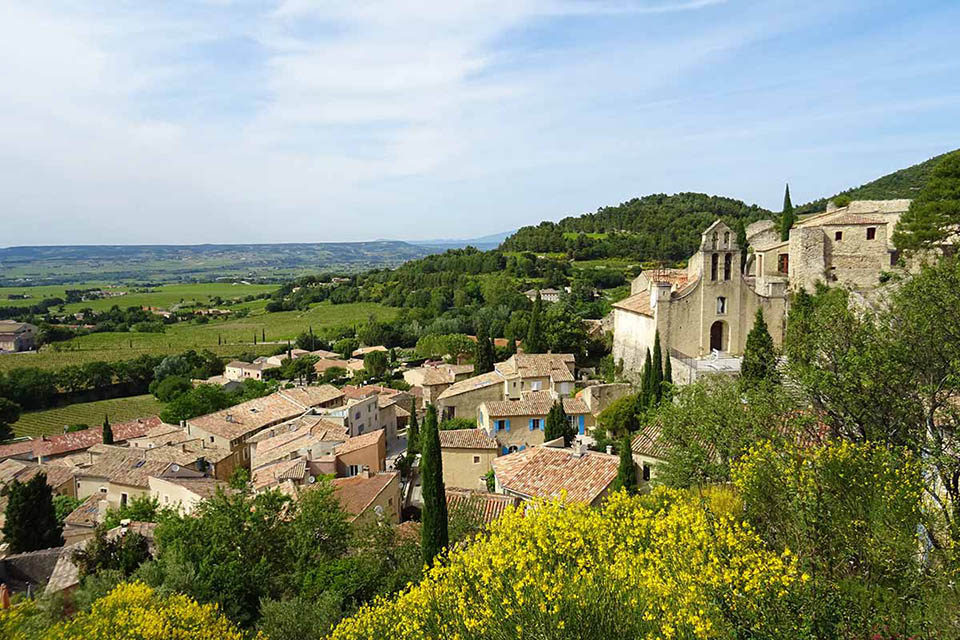
Although I’d be quite content to drink this on its own, many people will prefer it with food. It would work well with simple dishes such as grilled meat or even chicken in a rich sauce especially with mushrooms. Full-flavoured cheese would go well and snack food like sausages and burgers also spring to mind. However, the serving temperature is important so don’t drink this wine too cold, as is all too common in these parts. It will spoil the wine and make the tannins feel rough and gritty. Rhône reds are usually at their best about 13-15°C, so the glass will feel slightly cool to the touch, but certainly not chilled. If you’ve had neither the opportunity nor the inclination to taste a Côtes du Rhône red, do give this one a try. I don’t think you will be disappointed.
